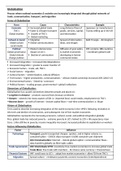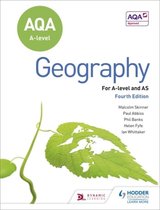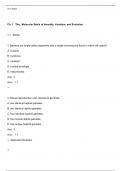Lecture notes
Global Systems & Global Governance
- Institution
- AQA
Globalisation (forms, dimensions, history) Flows of globalisation (capital, labour, products, services, information) Globalisation critique (pros vs cons - socio/economic/environmental/political) International trade (trade blocs, patterns of trade, WTO, World bank, IMF - international agencies v...
[Show more]






